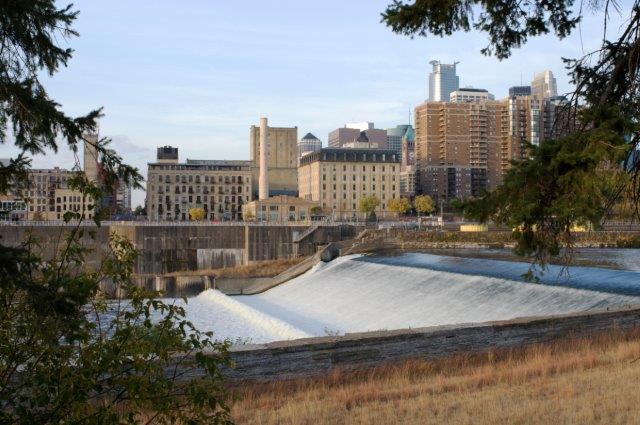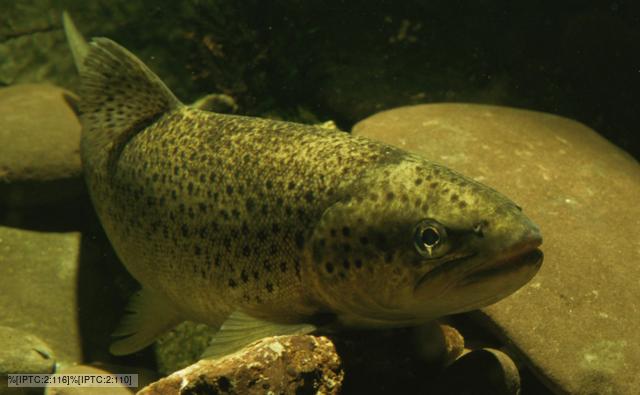Original story by AAP at The Australian
A FINAL report on sick fish in Gladstone Harbour says flooding - not dredging - was the main cause of the problem.
The report says flooding, combined with large numbers of fish being washed over the Awoonga dam, stressed the ecosystem in the central Queensland city's harbour and adjacent waterways.

Gladstone Harbour, Queensland, where the death and disease of local fish and marine life has been found to be caused by flooding. Picture: Hunter Vanessa Source: The Australian
"This study cannot rule out the possibility that the activity of dredging and associated turbidity provided additional stress to the ecosystem, but it was not the primary stressor," says the report, released on Friday.
The report was the work of an independent panel of investigators appointed by the government to investigate concerns about sick fish in the waterway.
It said the first reports of abnormalities in fish were received months after a major flood in Gladstone from December 2010 until early 2011.
"The flood event caused a dramatic influx of large barramundi (estimated 30,000), as well as other species from Lake Awoonga into the Boyne River when the Awoonga Dam spilled over," it said.
"The dam had not spilled over since the 1990s, well before the dam wall was raised in 2002.
"Many of these fish were injured (some fatally) from the force of the impact when passing over the spillway."
It said the health of fish in Gladstone Harbour returned to a more normal situation in 2012.
"All industrial activities in Gladstone that were operating in Gladstone in 2011 have continued to operate, including dredging," the report notes.
"The only factor different in 2011 compared to previous years was the significant rainfall, the subsequent flooding and the introduction of a significant biomass of fish from Lake Awoonga."
The report said flooding had also occurred in 2012 and this year.
But other than continuing reports of barramundi showing damage as a result of being washed over the spillway, there have been no reports of any recurrence of sick fish.
"The most likely cause of the abnormalities observed during this investigation is the sudden introduction of barramundi and other fish from Lake Awoonga during December 2010 to early 2011," the report says.

A diseased barramundi caught in Gladstone Harbour. Source: Supplied
"Although barramundi are naturally able to move between fresh and salt water environments, it appears that these fish were overcrowded and unable to feed normally after they were suddenly re-located from Lake Awoonga into the Boyne River.
"The stress preceded parasitic infestation during the colder winter water temperatures in 2011."
That infestation subsided as the water temperature increased and fish density reduced, as shown by improving fish health in late 2011 and 2012, the report said.
Significantly higher arsenic, cadmium, iron and zinc concentrations were found in barramundi livers in the Gladstone area, the report said.
That indicated the fish had greater exposure to metals and metalloids.
But no elevated levels of these metals were found in the tissues of diseased barramundi compared to healthy ones.
The report concluded metals and metalloids were unlikely associated to the fish health in the harbour.
Metal concentrations in crabs were found to be similar to crabs along the east coast.
"Overall, there is no strong evidence of a link between fish health at the time of sampling and tissue residue concentrations," it said.











